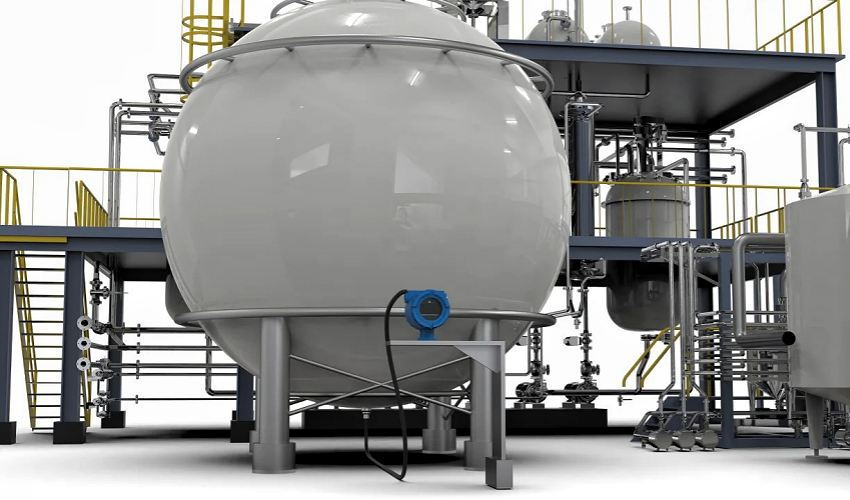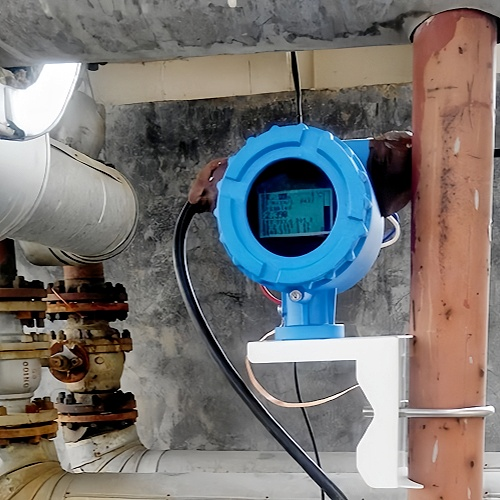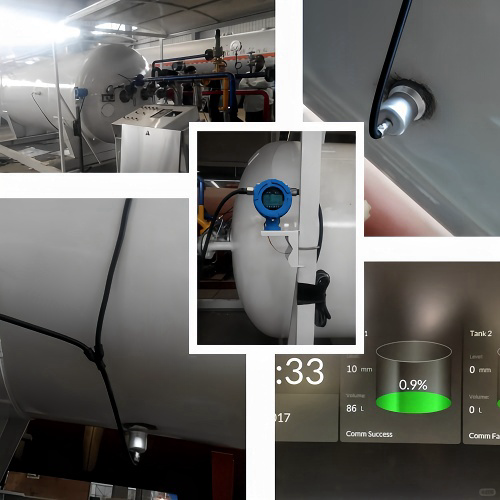BETTER TOUCH BETTER BUSINESS
Contact Sales at KAIDI.
Choosing an external level gauge requires a combination of the following three considerations
Sensor type and working principle: external liquid level gauge has different types such as sonar, ultrasonic, radar, etc. Their working principle is to utilize the reflection of acoustic or electromagnetic waves between the tank wall and the liquid surface to measure the liquid level height. Different types have different advantages and disadvantages, for example, the sonar type external liquid level gauge can penetrate the thick-walled container, but by the container wall material and shape of the influence of the container wall; ultrasonic type external liquid level gauge can be applied to a variety of media, but by the temperature and air pressure of the influence of the larger; radar type external liquid level gauge can be accurately measured in a small range of liquid level, but by the tank of the steam and dust has a greater impact.

(Image source: Internet)
Application Scenarios and Requirements
The external liquid level gauge needs to choose the suitable model and specification according to the shape, size, material, pressure, temperature and medium nature of the vessel under test. For example, if the vessel under test is a tanker truck or chemical liquid transportation vehicle, you need to choose the vehicle-mounted external magnetic liquid level gauge, with a special seismic structure; if the vessel under test is a large container with heated steam, you need to choose the radar external liquid level gauge, with explosion-proof and corrosion-resistant function; if the vessel under test is hydrological monitoring or sewage treatment and other scenarios, you need to choose the ultrasonic external liquid level gauge, with a non-contact and waterproof function. Function.
Installation position and method: the external level meter generally consists of host (field transmitter) and probe (sensor), you need to install the probe at the bottom or side of the vessel under test, and connect the cable with the host.

(Image source: Internet)
There are several differences between externally attached level meters and other types of level meters
The external paste level gauge utilizes the sonar ranging principle, transmits and receives ultrasonic waves from the outer wall of the vessel, and calculates the liquid level height based on the time difference. Other types of level meters have different working principles, such as magnetic flap level meter is to use the principle of buoyancy and magnetic coupling, radar level meter is to use the principle of time travel, capacitance level meter is to use the principle of capacitance change and so on.

(Image source: Internet)
The advantages of external paste level gauge is non-contact tank outside the measurement, do not need to be measured container opening or installation flange, not affected by the medium temperature, pressure, viscosity, conductivity, etc., suitable for high temperature, high pressure, flammable and explosive, toxic, strong acid, strong alkali and other dangerous media measurement. Other types of level meters need to be in contact with the measured medium or infiltration, may be affected by the nature of the medium, or pollution of the medium.
The disadvantage of the external level meter is that the measurement accuracy is low, affected by the container wall thickness, materials, surface conditions and other factors, the need for density compensation and temperature compensation, and the propagation direction of the ultrasonic wave is more perpendicular to the measured liquid surface the better the measurement. Other types of level meters have different accuracy levels, generally higher than the external level meter.
We are here to help you! If you close the chatbox, you will automatically receive a response from us via email. Please be sure to leave your contact details so that we can better assist